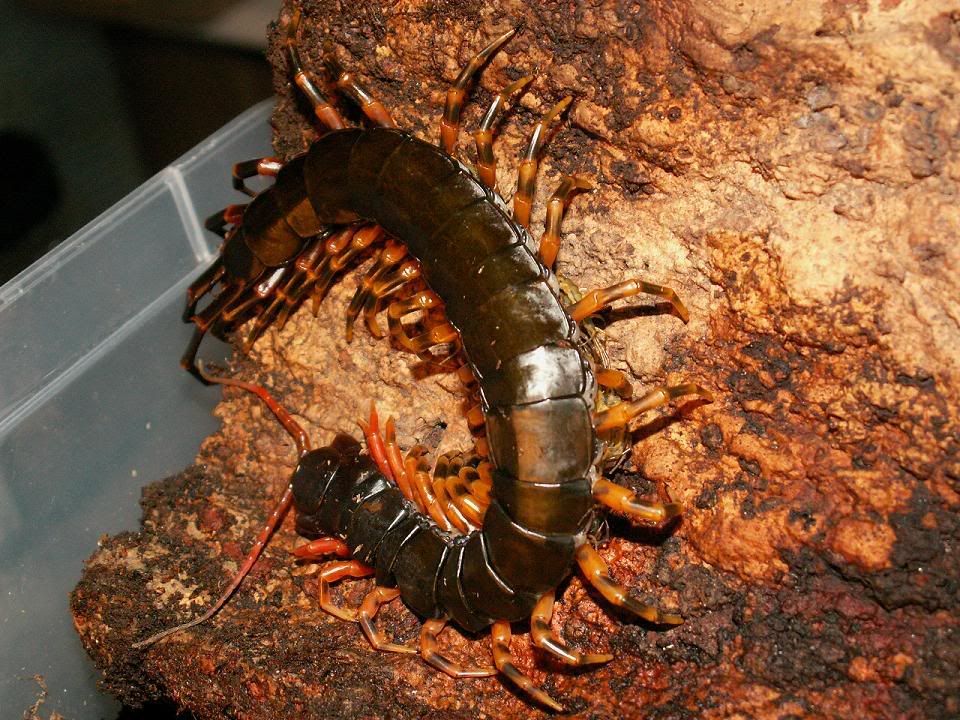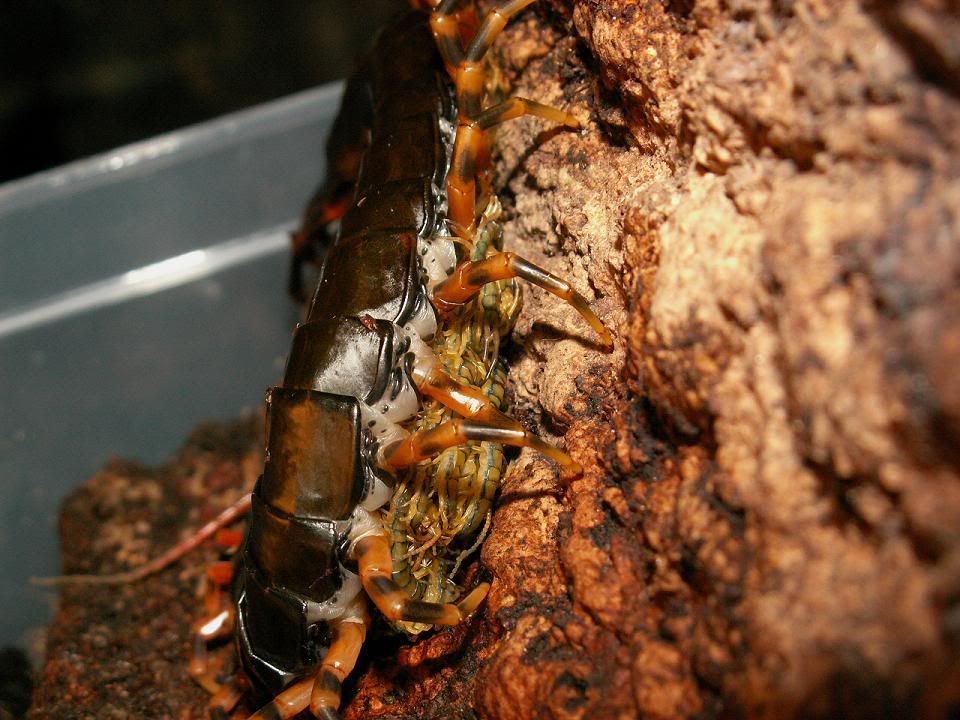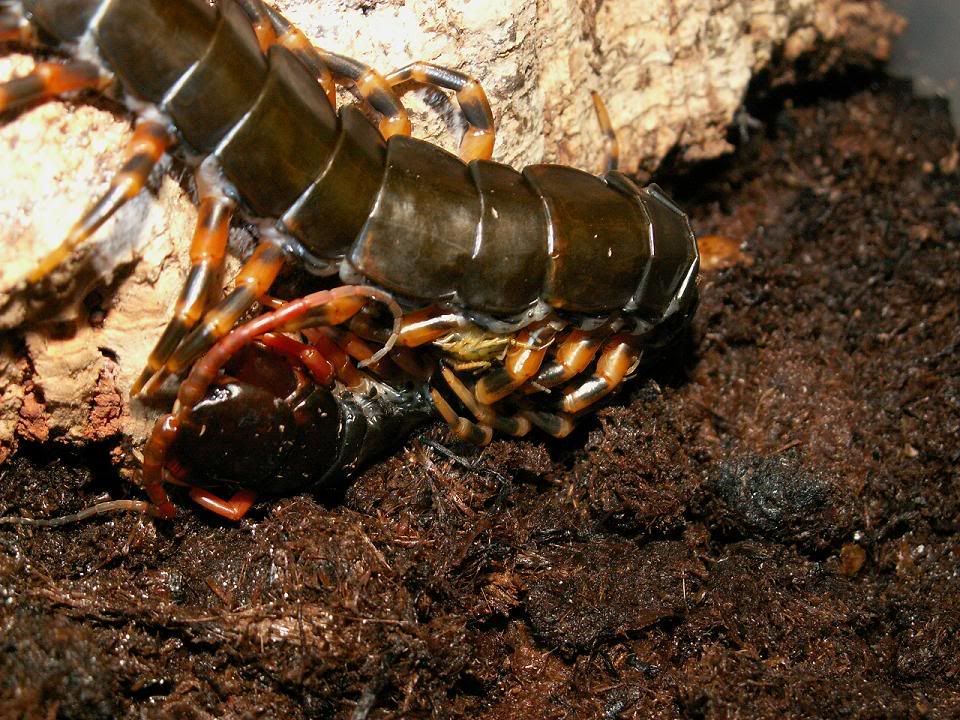- Joined
- Jul 4, 2005
- Messages
- 8,982
Awesome pics Steven. I got lucky with pedes and babies this year. I haven't been spooked by the thought of babies getting eaten by their mothers ...yet. I had 3 S. h. castaneiceps that had babies. Then I had the wild one I found with babies. I won't include her. All three laid eggs the first week in June. I had them in containers that let me see what was going on. I separated them when the mother stopped hanging on to them, but when the babies were still hanging around the mother. Any sign of danger and they would really group up around her. I had just over 200. Through selective sorting, I have a little over 50 I plan on watching grow. Most are around 1 1/2 inches. A few are already around 3 1/2 inches. Here's how I'm keeping mine Phil.







